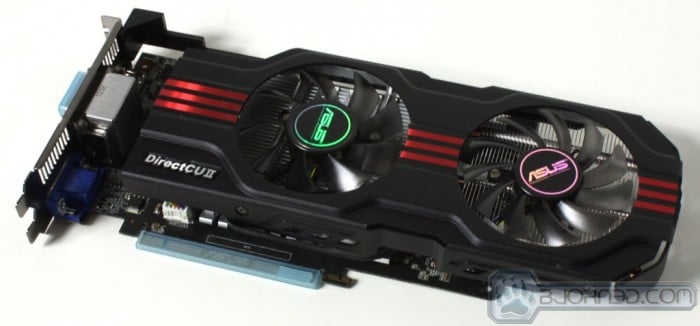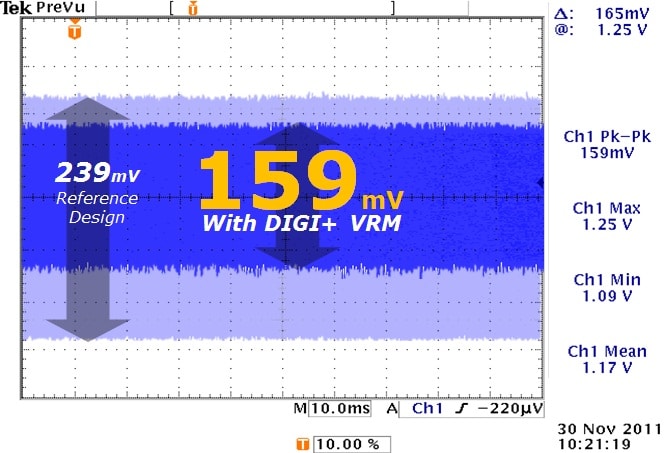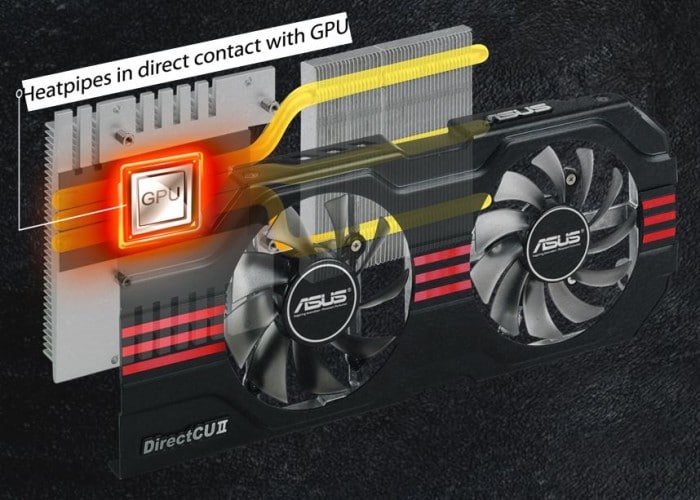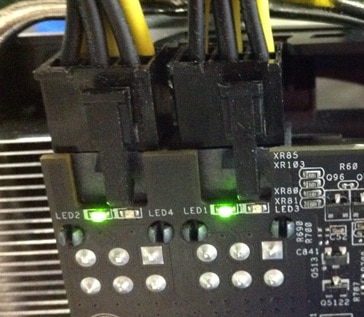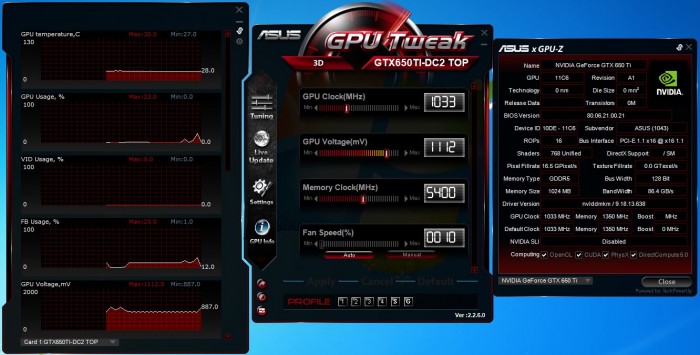Nvidia just launched the 650 Ti chipset and with that we have the partner models as well. With us today we have the top limited model from ASUS in the GTX 650 Ti DirectCU II TOP Edition card. This card is the top of the heap when it comes to the ASUS models and now lets see if it has the performance to match.
Introduction – ASUS GeForce GTX650 Ti DirectCU II TOP

The ASUS GTX 650 Ti DirectCU II TOP is the best of the best when it comes to ASUS models. Nvidia gave us the 650 Ti GPU which is the heart of this card. Just to be clear, this GPU is made for budget gamers who are looking for something that can play high end games at medium/high settings at a very reasonable value. The reference model carries 1GB GDDR5 framebuffer piped through a 128 Bit memory bus, the ASUS TOP model carries the same memory size and interface.
The 650 Ti TOP hits the market at a MSRP of $179.99 and is a pretty limited card. The price is a bit above the similarly clocked and higher memory (2GB) Gigabyte OC variant so lets take a look at what the ASUS card has to offer to make it worth your while.
| Specifications | Nvidia GTX 650 (Reference) |
Nvidia GTX 650 Ti (Reference) |
MSI GTX 650 Ti Power Edition |
GIGABYTE GTX 650 Ti OC 2GB |
ASUS GTX 650 Ti DirectCU II TOP |
| CUDA Cores (Stream Processors) |
384 | 768 | 768 | 768 | 768 |
| Bus Interface | PCI-Express 3.0 | PCI-Express 3.0 | PCI-Express 3.0 | PCI-Express 3.0 | PCI-Express 3.0 |
| Texture Units |
32 | 64 | 64 | 64 | 64 |
| ROPs |
16 | 16 | 16 | 16 | 16 |
| SMXs |
2 | 4 | 4 | 4 | 4 |
| Core Clock | 1058 MHz | 925 MHz | 993 MHz | 1032 MHz | 1033 MHz |
| Boost Clock |
N/A | N/A | N/A | N/A | N/A |
| Memory Clock |
5000 MHz Effective | 5400 MHz Effective | 5400 MHz Effective | 5400 MHz Effective | 5400 MHz Effective |
| L2 Cache Size |
x KB | 256 KB | 256 KB | 256 KB | 256 KB |
| Memory Bus Width |
128 Bit | 128 Bit | 128 Bit | 128 Bit | 128 Bit |
| Total Memory Bandwidth |
80.0 GB/s | 86.4 GB/s | 86.4 GB/s | 86.4 GB/s | 86.4 GB/s |
| Texture Fill Rate (Bilinear) |
33.9 GT/s | 59.2 GT/s | 59.2 GT/s | 59.2 GT/s | 59.2 GT/s |
| VRAM | 1GB (GDDR5) | 1GB (GDDR5) | 1GB (GDDR5) | 2GB (GDDR5) | 1GB (GDDR5) |
| SLI Ready | N/A | N/A | N/A | N/A | N/A |
| TDP | 64W | 110W | 110W (80W Max According to MSI) | 110W | 110W |
| Recommended Power Supply | 400W+ | 400W+ | 400W+ | 400W+ | 400W+ |
| Power connectors | 1x 6-Pin PCI-E | 1x 6-Pin PCI-E | 1x 6-Pin PCI-E | 1x 6-Pin PCI-E | 1x 6-Pin PCI-E |
| Outputs | Dual Link-DVI-I, Dual Link DVI-D, Mini HDMI | Dual Link-DVI-I, Dual Link DVI-D, Mini HDMI | Dual Link-DVI-I, Dual Link DVI-D, Mini HDMI | Dual Link-DVI-I, Dual Link DVI-D, HDMI, D-Sub | Dual Link-DVI-I, Dual Link DVI-I, HDMI, D-Sub |
| Manufacturing Process |
TSMC 28nm | TSMC 28nm | TSMC 28nm | TSMC 28nm | TSMC 28nm |
| Thermal Threshold | 98C | 98C | 98C | 98C | 98C |
| Launch Price | $109.99 (MSRP) | $149.99 (MSRP) | $159.99 (MSRP) | $169.99 (MSRP) | $179.99 (MSRP) |
Here we see what the ASUS GTX 650 Ti DCII TOP has to contend with and there is some stiff competition here especially with the similar clocked Gigabyte model sporting twice the available VRAM.
Key Features
SAP (Super Allow Power)
ASUS has great pride in the components they infuse into their graphics offerings very much like the motherboards we have covered previously. ASUS has what’s called SAP or Super Alloy Power which covers the components in the very VRM we are discussing. The components are hand picked for quality and performance based around not only power delivery but efficiency as well. The components in the SAP solution are super durable for a rated lifespan of up to 2.5X what reference cards would offer and also with the DIGI+ controller you’re talking ultimate precision which means better voltage stability, better overclcoking potential and overall better power efficiency clock for clock.
Here we see the VRM Chokes, Mosfet/driver Assemblies and the solid state caps which make up the SAP components or to simplify the super strong and efficient VRM.
Here we see what makes the difference for the DIGI+ solution which has to do with the accuracy and efficiency of the Digital controller in comparison to the analog VRM control we see on many other solutions. This level of control allows for unprecedented voltage accuracy, along with lower signal noise and overall more overclockability due to the tighter stability offered by the DIGI+ digital controller.
DCII (Direct CU II)
ASUS DirectCU II coolers are the ASUS way of saying maximum cooling and plenty of quiet with one naming scheme. DirectCU II coolers are direct touch heatpipes to the GPU surface ensuring the heat is wicked away from the GPU and up into the cooling fin array as quickly as possible. From there the custom shrouded dual fans push air through the fins effectively but most important quietly to keep the GPU as cool as possible so hopefully it will never hit a temp to need a higher or noisier fan speed. The air pushing through the fin array also helps cool board components and the VRM cooler as well which is a nice little added bonus to this style cooler since we all know cooler components tend to run stronger, longer and with better efficiency.
PCIe Power LEDs
One really cool feature is that there are status LED’s on each PCIe connector and these help you recognize that power is actively being sent to each connector of the card.
The green similar to seen above indicate everything is working well. However if the PCIe cable is not active or is not installed at all, it will give you the red light which tells you something is wrong. We could definitely see some value in this when diagnosing issues. A dead PCIe power cable could cause you to pull your hair out without these kinds of indicators.
GPU Tweak
ASUS offers its own software utility and its functionality has grown with generations just like the cards it supports. Of course the card can be overclocked but also voltages can be tweaked and within the GPU Tweak app we can even launch the GPU info utility which is a full custom version of GPUz. This is a really cool feature and a benefit especially to benchmarkers who we can definitely see using this card with some of the awesome tweaks we will discuss in the card overview.
There are many tools within the GPU Tweak menus some a little more hidden than others. First off directly form the GPU Tweak utility itself you can check for BIOS updates and even update from within the program. For anyone whos ever updated a vBIOS before knows that having a tool that can do this in a mere few clicks is really handy.
The charts besides offering real time monitoring can also be setup to log thermals, voltages and clocks so that after benchmark or gaming runs you can see if there was any thermal issues or throttling that may have affected performance.
And another neat feature that many never delve into but its worth visiting is the custom fan profiling. This allos a specialized ramping of the fan according to a graph you set custom for your thermal/acoustic needs. Honestly after using this card awhile I would say the fan profile is damn near perfect as it keeps the card cool when under load and also super quiet when just messing around on the web.
The utility does come on the disk but its always advised to get the latest version HERE and search GPU Tweak in the ASUS page linked.
 Bjorn3D.com Bjorn3d.com – Satisfying Your Daily Tech Cravings Since 1996
Bjorn3D.com Bjorn3d.com – Satisfying Your Daily Tech Cravings Since 1996

